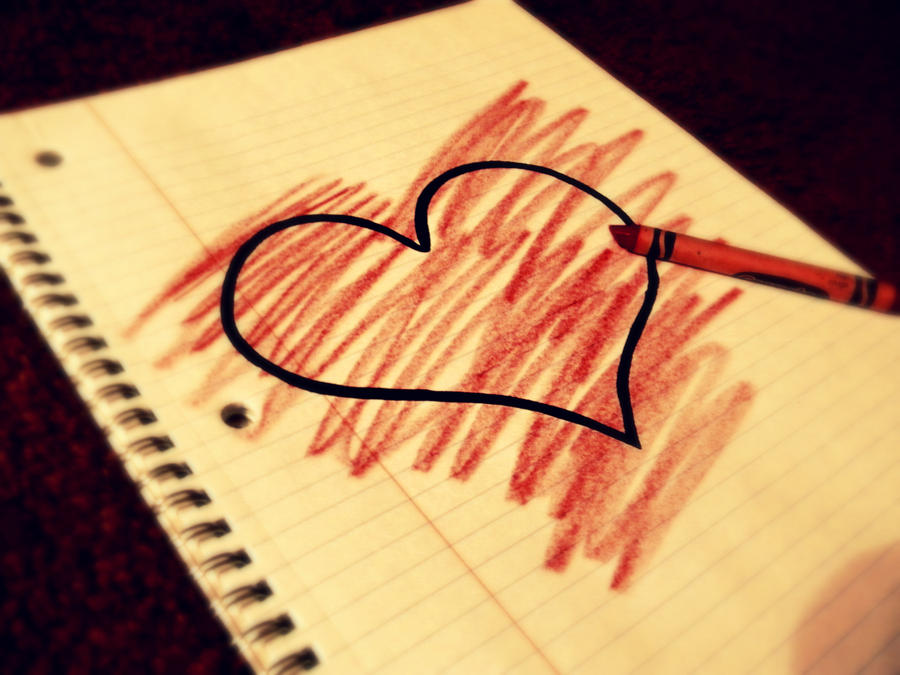
A line drawing heart in which the red color fill goes outside the lines. | Image Credit: Kate Annex Terrasochi
Here’s a story that proves that experience can be humiliating, instructive and inspiring at the same time.
Quick background: our young company, E.A.S.Y. LLC, has been around long enough that we’ve got a really solid base of experience with our intended customers. After all, no product design engineer worth her or his salt can be successful in the marketplace without an intimate knowledge of the people s/he hopes to serve. In our case, that’s people who are blind or have low vision. We’re in the tactile graphics business, meaning that we design, build and sell the suite of “inTACT” products, which make it possible for people make, edit, save, send and receive raised-line drawings of pretty much anything for pretty much any purpose. Problem is that whenever we think we know what “any purpose” includes, we re- discover the limitations of our own imaginations.
And so the story:
Setting: Kids’ Camp at the NFB National Convention in 2013. This is one of several events in which E.A.S.Y. has engaged children in making, changing, adding to and exchanging raised line drawings. We’ll be doing it again at the 2014 Convention.
Cast: a dozen or so blind and low-vision children, ages six to twelve, to be coached in tactile drawing by us – Mike Coleman, Josh Coffee and me, the founders and brain trust of E.A.S.Y. LLC. These boys and girls are visually impaired for a variety of reasons; some have drawn before and others have not.
Plot: We are to occupy these energetic and suitably demanding young Federationists for about an hour and a half with tactile drawing. We have handed out our inTACT Sketchpads and styluses and set about the task of helping them draw. Action: I’m attending to Audrey (not her actual name). Audrey is about six. She’s a ball of fire; doesn’t seem to need or want much attending to. I caution her about not bearing down too hard on the stylus so that the drawing film won’t rip or wrinkle. She continues to draw, um, vigorously. Great swirling abstractions punctuated with recognizable faces. I caution her that lines drawn too near each other are hard to feel as individual lines. Audrey continues to make many lines near each other, causing the paper to develop texture and relief, almost like knitting or quilting. I remind her again about not digging in with the point of the stylus, lest her masterpiece be ruined (my word). She continues to ignore me and ends with a rebellious flourish, drawing such a deep line across the middle of the sheet that an eight-inch rip is opened up. I console her.
I tell her she can have another sheet and start again. With the smile of vindicated inventor whose idea has just popped into physical reality, she opens the frame of the Sketchpad, removes her slotted textured lumpy drawing and pulls it over head. She has completed her necklace, just as she intended all along. In rapid sequence, I feel like a fool; I feel the stunned recognition that I am in the presence of a superior imagination and self-esteem more justified than mine; I feel a burst of admiration and grand-parental pride; and finally an understanding that, in the end – and the beginning and the middle – it will be the blind users of our products who will create the best and most important and most inspiring ways of using them.

Recent Comments